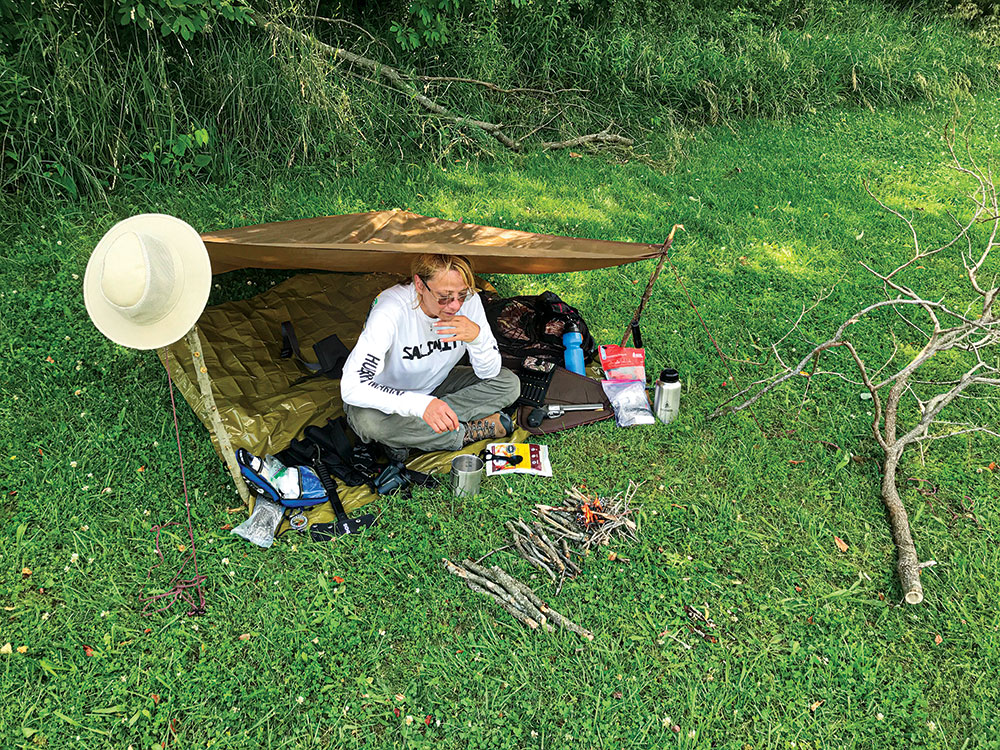On the road, at work or in a tornado, she’s prepped for anything!
I had never given conscious thought to what my top self-reliance items are until American Outdoor Guide Editor Mike McCourt asked me to write this article. Rather than contemplate this, I decided the most accurate way to make that determination was to go through my purse and packs.
A Little Background
I live in a rural area prone to weather threats, including tornadoes. Because we don’t have a basement, we put a storm shelter in our yard. In addition to items stored in the shelter, I have a backpack (go pack) prepped beside the bed.
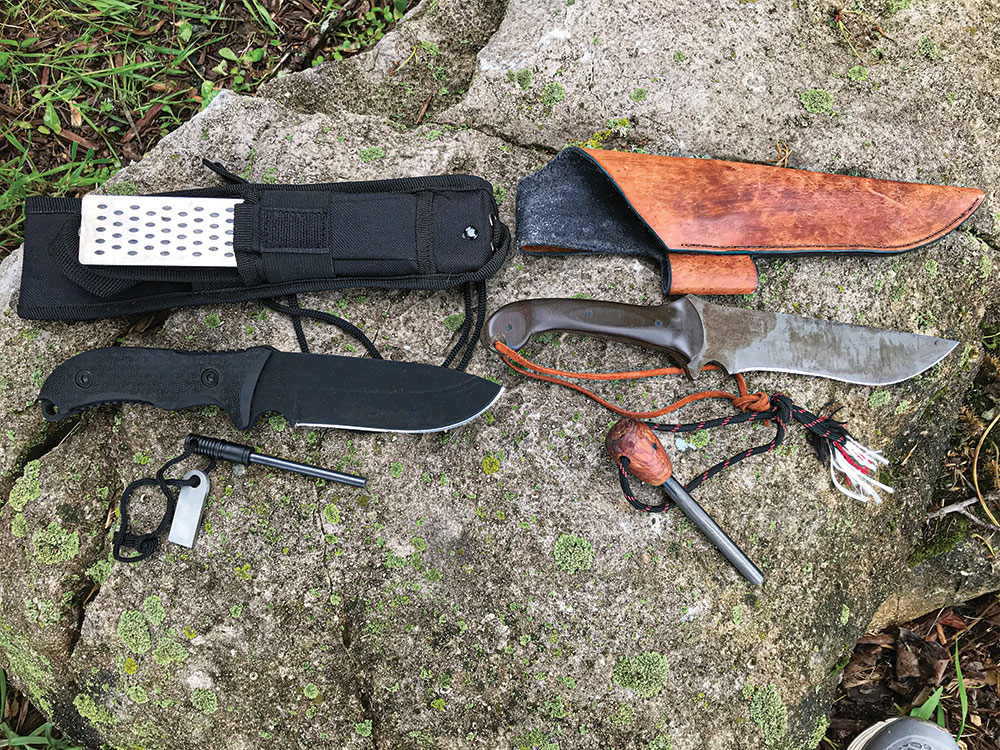
Before COVID-19, I traveled a minimum of 45 minutes to work. This travel included commuting to a major city and through rural areas where, at times, there’s no cell signal. Should something occur that causes me to abandon my vehicle and walk, I have a backpack (travel pack) and other items staged in my Jeep.
In addition to my two packs, I occasionally carry a purse.
Always With Me
After comparing the commonalities in my purse and two packs, there are five items that are always with me.
“A survival knife is a must-have, and I have two in each pack … The survival knife can be used to process food, tap a tree for water and chop branches for fire or a makeshift shelter.”
Knives
A survival knife is a must-have, and I have two in each pack.
A survival knife can be used to process food, tap a tree for water and chop branches for fire or a makeshift shelter. My favorite survival knife is custom made; before I received it, my favorite was the Schrade SCHF36. My custom knife “lives” in my go pack and the Schrade SCFH36 in my travel pack.
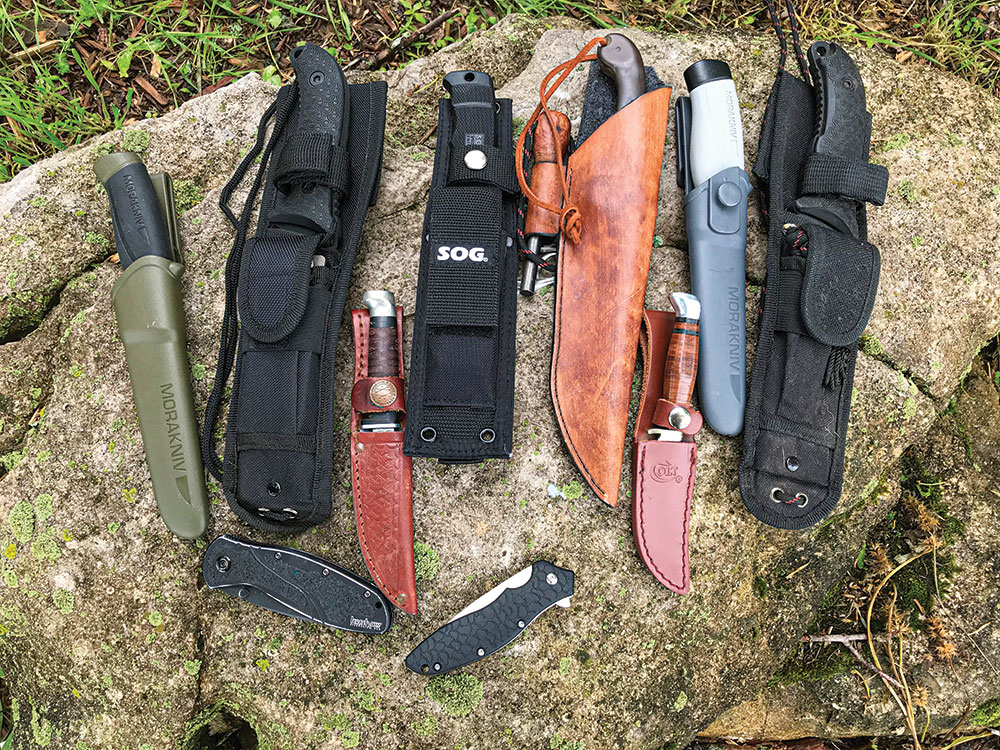
There’s also a Morakniv (Mora) knife in each pack and two knives in my purse. Mora knives are super-sharp straight from the factory, and I wouldn’t want to be without one.
Fire-Starters
I carry a ferro rod and fire-starting material (dryer lint, cotton balls, fatwood) in my purse and in each pack, along with lighters, magnesium blocks and matches. The ability to make fire is essential to cook, boil water for sterilization, and provide warmth and light. I never intend to be hungry, thirsty or cold, and I certainly don’t want to eat raw meat.
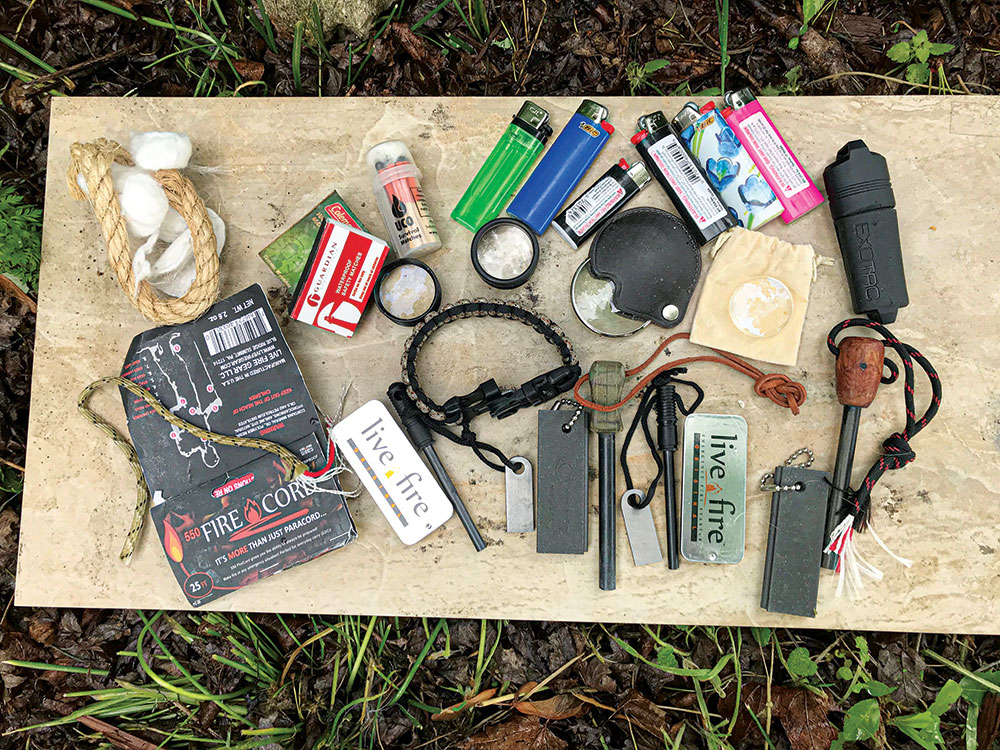
Flashlight. Having worked in both office buildings and warehouses, I can attest to the fact that when the lights go out, you can’t see your hands in front of your face until you make your way to the emergency lighting. Regardless of where I am, I want to be able to see and make my way safely.
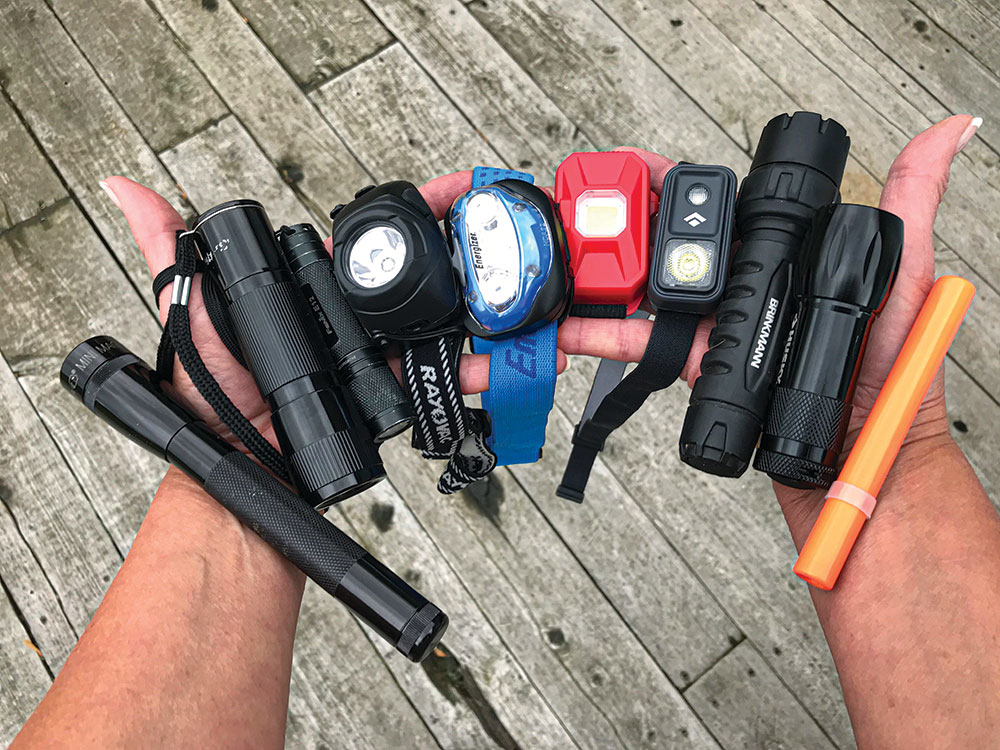
Handgun
My purse gun is a Taurus Judge Public Defender. My travel pack carries a Taurus Tracker 17 HMR, and my go pack has a Glock.
I chose the Judge for my purse because it’s a revolver and takes the worry out of fabric getting caught in a slide and jamming the gun. And, I won’t be taking it out of my purse when I have to pull the trigger (I buy cheap purses!). The Judge can accommodate .45 long Colt and .410 shotgun shells.
The Taurus Tracker is a bit bulky, with an overall length of 10.75 inches. However, it fits perfectly into a backpack and enables me to hunt small game. The sights on the Tracker are outstanding.
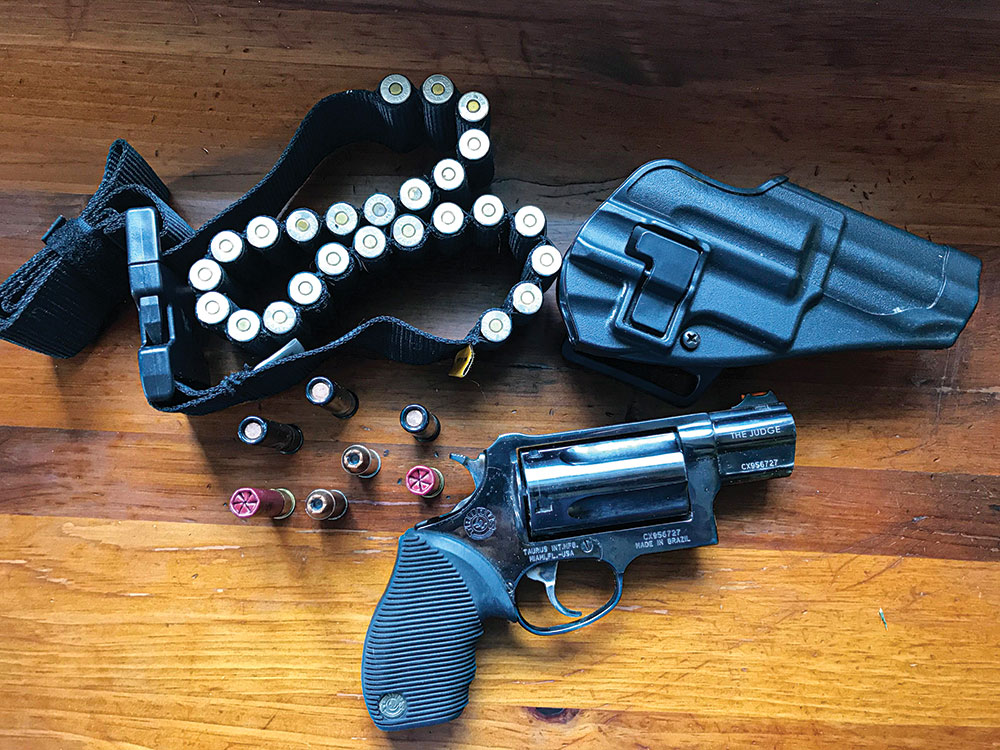
The Glock was selected for my go pack for no other reason than self-defense. Glocks have a good reputation and, regardless of the environment, they always seem to work.
Rain Gear. Where I live, the weather could bring tornadoes one day, drop 60 degrees (F) and bring snow the next. I carry an emergency poncho in my purse and rain suits (pants and jacket) in both packs. Additionally, I have Snugpak insulated poncho liners, which are water resistant but not waterproof. I carry them for warmth instead of a coat.
On the Go and at Home
The commonalities between my travel pack and my go pack enlightened me to what, in my mind, is necessary to take care of yourself, whether you’re at home or on foot.
Shelter
Cold, rain, oppressive heat or being soaked with dew on a cold morning can detrimentally affect core temperature and result in a serious medical condition. I carry a Snugpak Stasha and a SOL Emergency Shelter Kit in my packs. The Snugpak Stasha is a quality shelter kit that includes a Stasha and tie-down cords. The Stasha is 100 percent waterproof and can be packed down small enough to fit into a cargo pants pocket. The SOL Emergency Shelter Kit includes a heavy-duty emergency blanket, tie-downs and tent stakes. By combining both, I can quickly construct a shelter and prevent direct contact with the ground.
In the storm shelter, there are a couple of tents, multiple tarps of varying sizes and tent stakes.
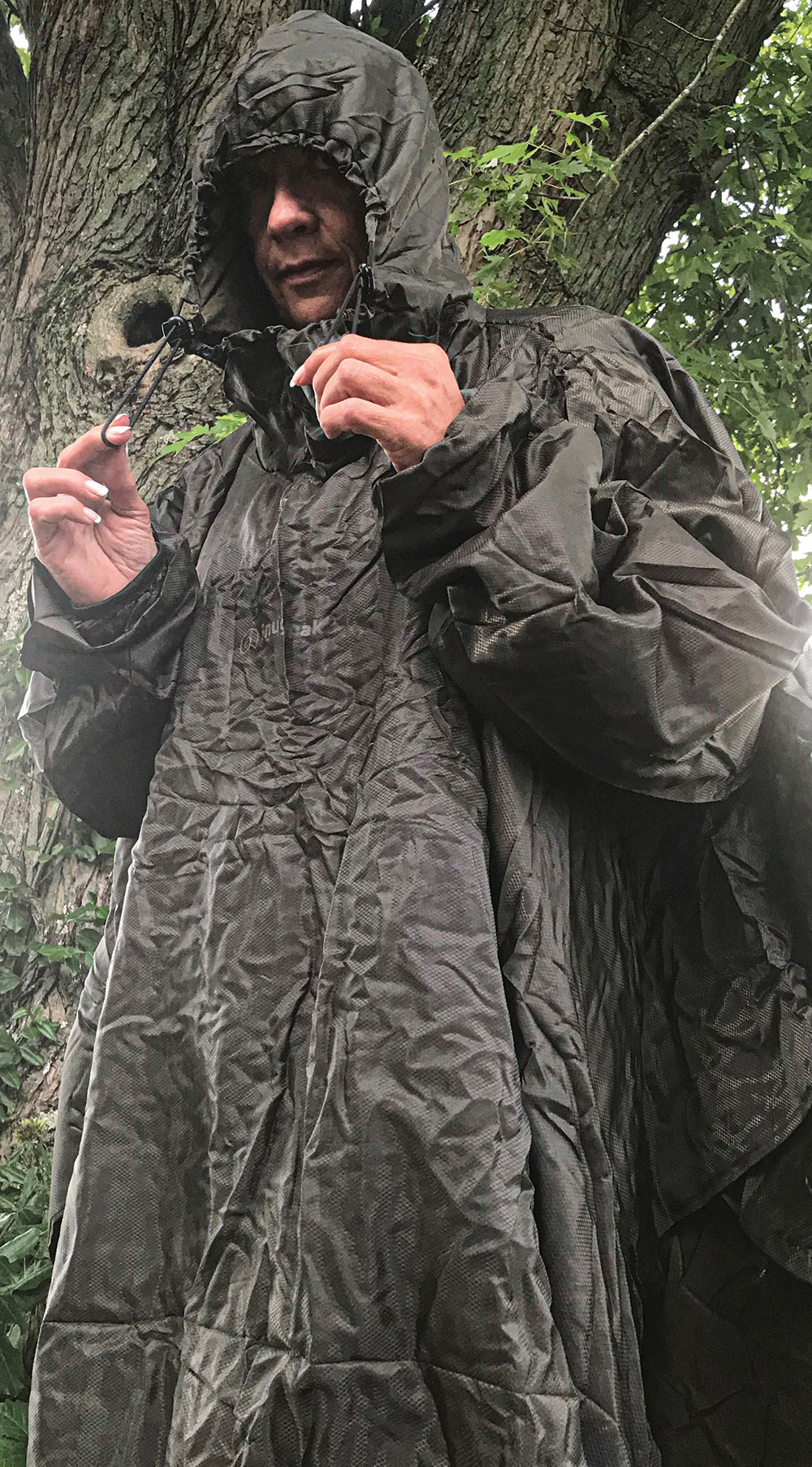
Paracord
I carry paracord and 550 FireCord in my purse and packs. With paracord, I can secure a shelter, make a clothesline, hang herbs to dry, secure items to my belt or pack, or simply use it for any purpose for which one would use rope.
Water/Filtration/Purification
The ability to rid water of bacteria, viruses and chemicals is necessary for good health. Each pack has a Berkey Water Bottle attached. In addition, there are other Berkey systems in the shelter, along with water filtration/purification systems for our potable water tanks.
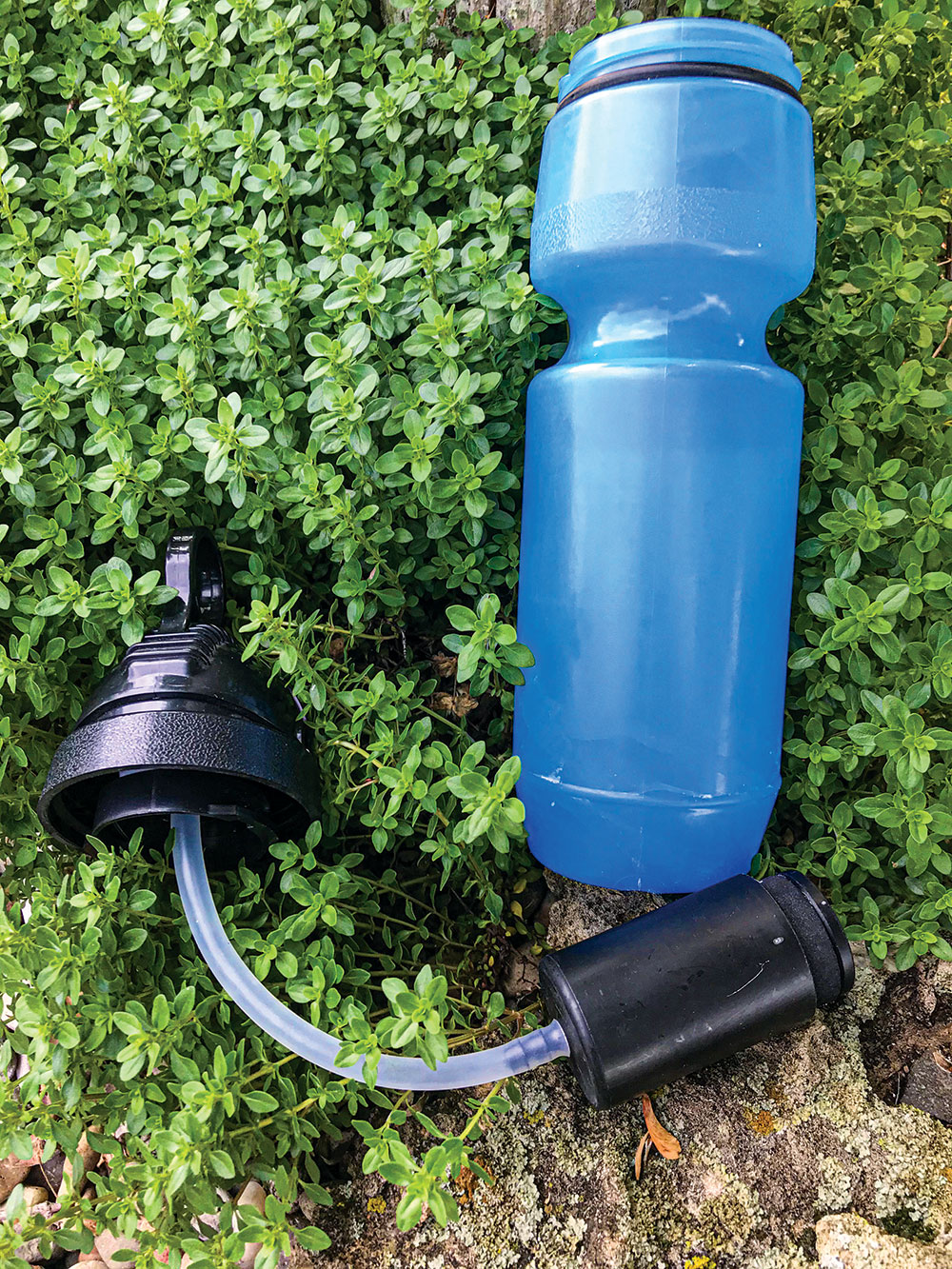
Compass
It’s easy to get turned around at night, as well as in rural areas on cloudy days or when traversing through dense woodlands.
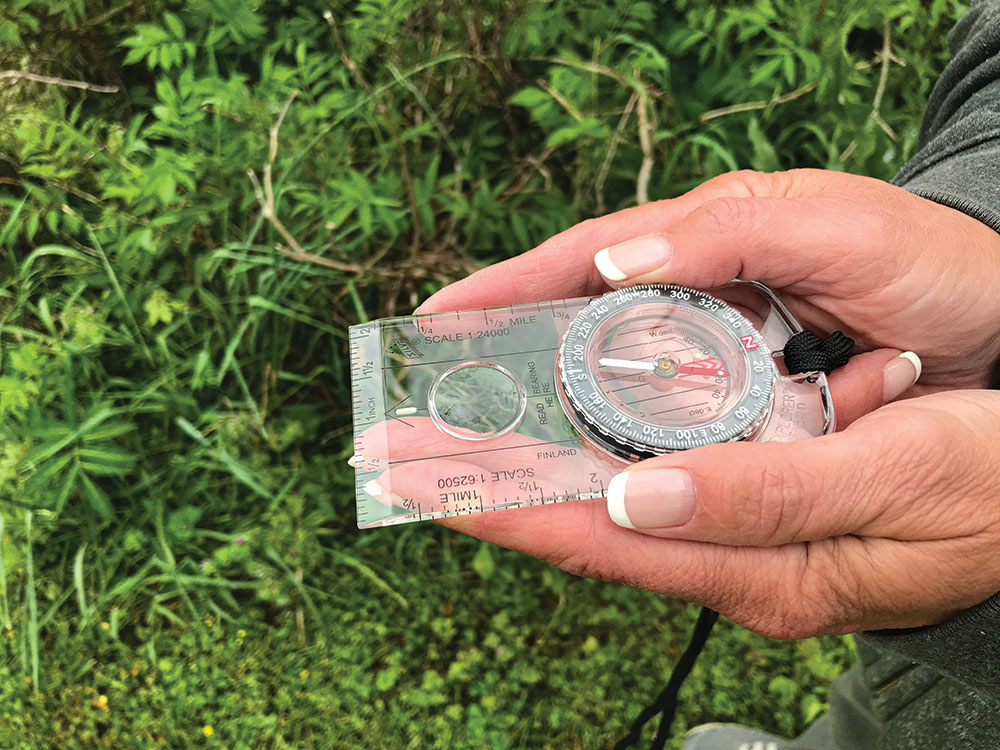
Friends give me a hard time about carrying a compass … because all mobile phones have built-in GPS. Apparently, their mobile batteries have never gone dead, they’ve never been in an area without a signal, or perhaps they’ve never heard a news report about a faulty GPS resulting in someone getting lost.
My friends might get lost, but I won’t be joining them.
Binoculars/Field Glasses
Seeing what lies ahead is important to ensure my path is passable and safe. In the event of a natural disaster, there might be downed power lines or debris blocking the road. Traveling by foot through rural areas presents other hazards. For instance, the countryside in southern Indiana is riddled with caves, cliffs, rivers and lakes, and you could encounter dangerous wildlife if you’re not careful.
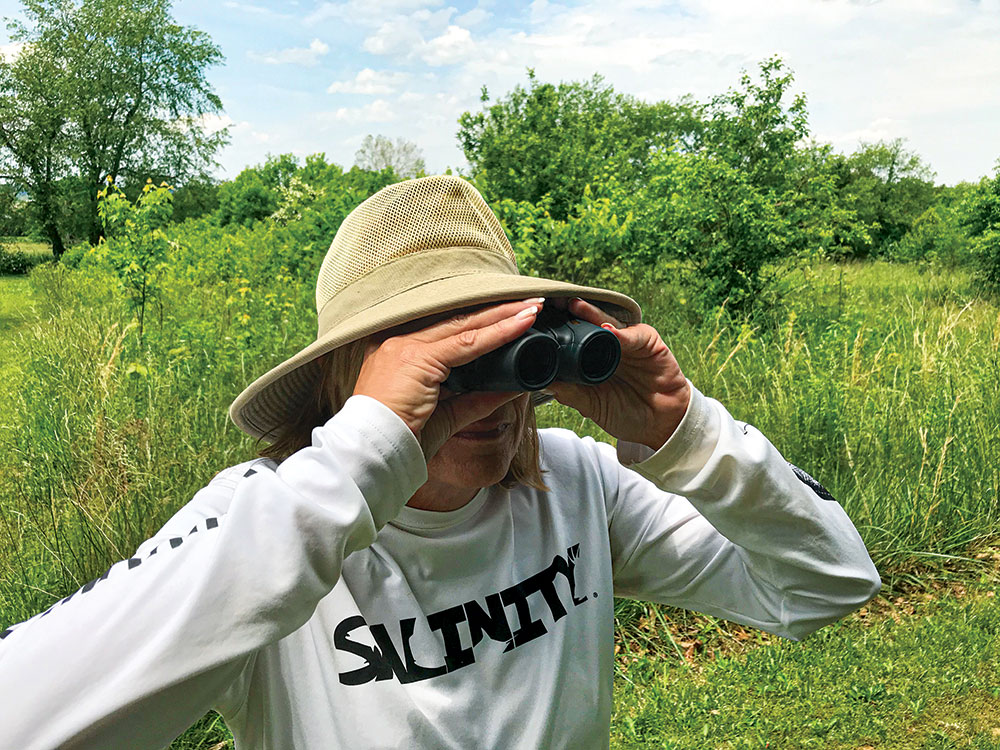
Boots
Wet feet and blisters can quickly turn into bacterial or fungal infections. A twisted ankle can immediately hinder mobility. There’s a pair of good-fitting Gore-Tex hiking boots with each of my packs and a pair in the storm shelter.
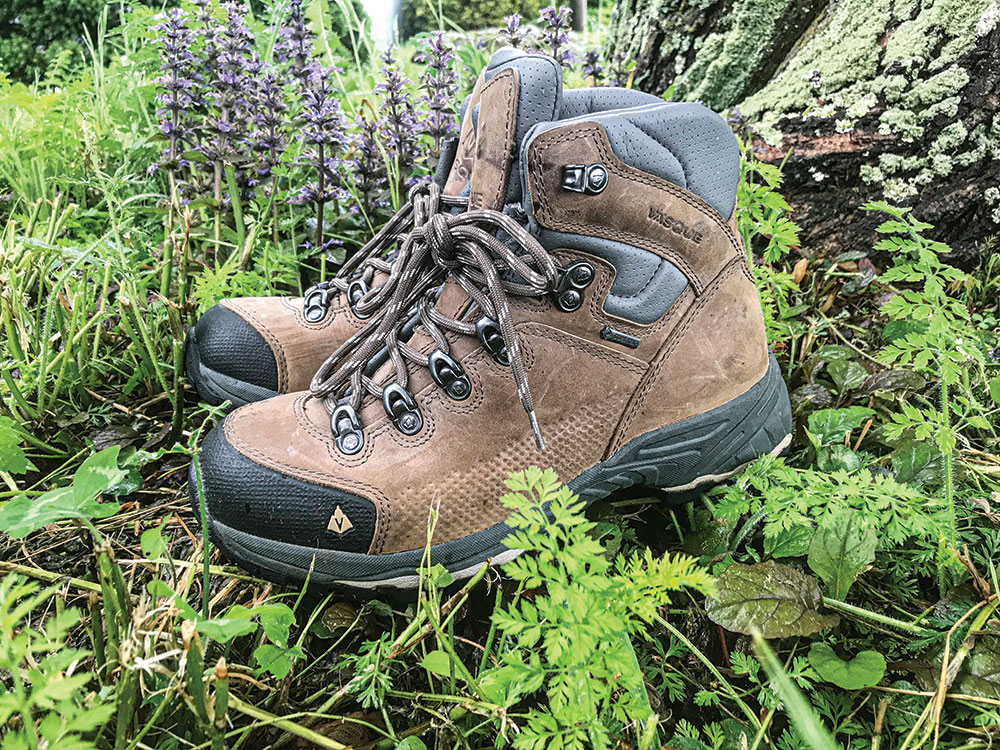
Protective Clothing, Gloves and Head Cover
The most important tool I have is me, and protecting me is my priority. Covering the entire body (long sleeves, long pants), head and hands with the appropriate material for the climate/season not only assists in keeping you warm or cool, it also protects the skin from bug bites, sun and/or windburn, poisonous plants, thorns, and scrapes and cuts that might allow bacteria to enter—which can result in a serious, life-threatening infection.
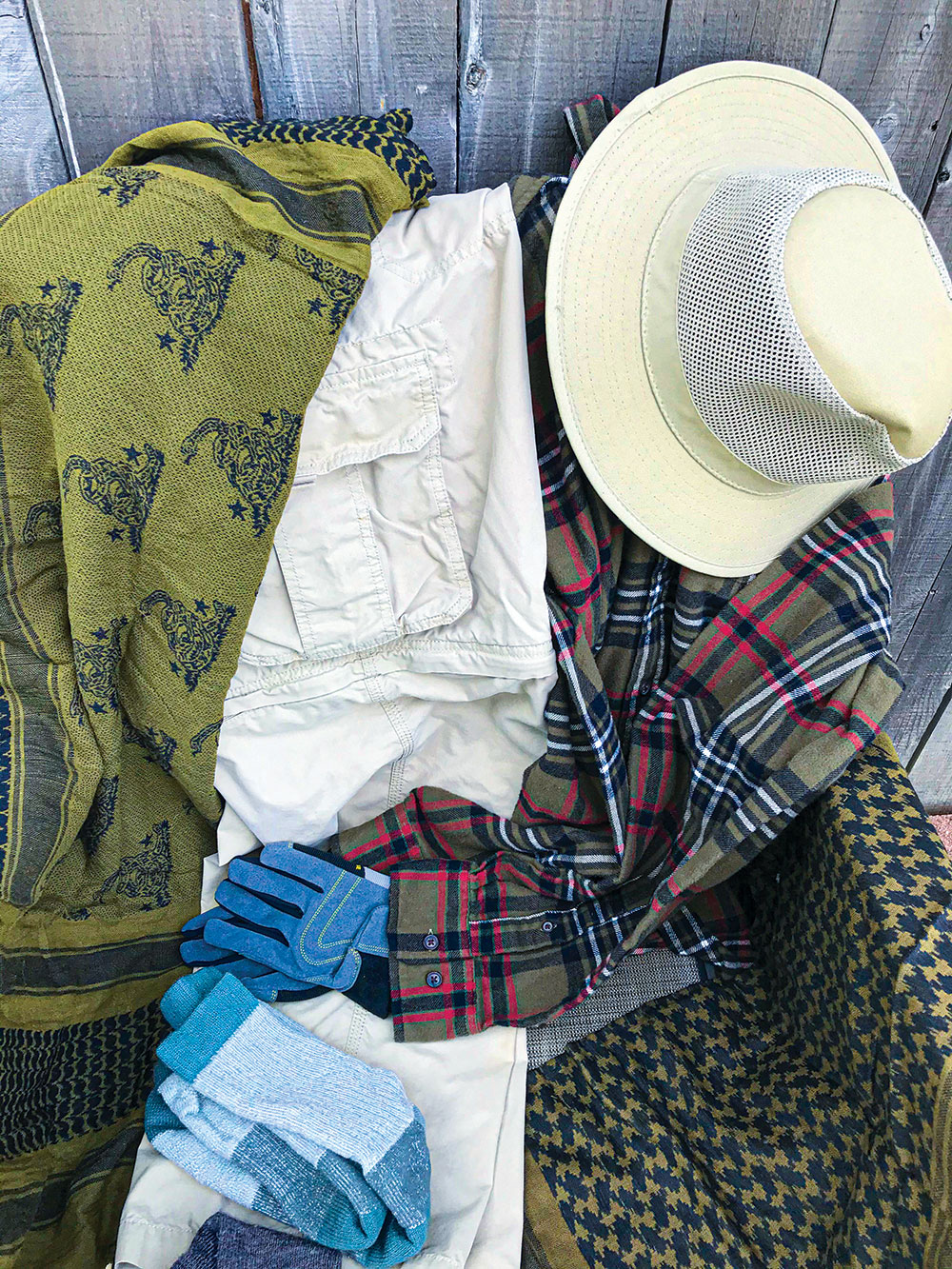
The Peterson Field Guide to Edible Wild Plants
This guide goes with me everywhere, and another copy lives in the storm shelter. The guide includes illustrations that point out plant features to help ensure the correct plant is eaten.
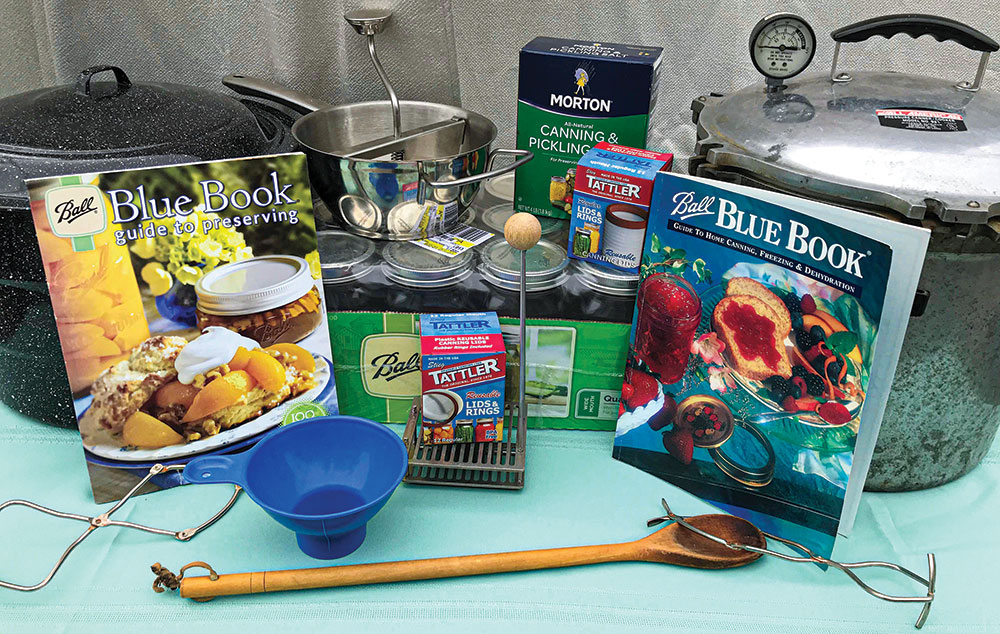
Long-Term-Storage Food
Long-term-storage food serves as a backup in the event of drought, flood or other natural event that could devastate our crops.
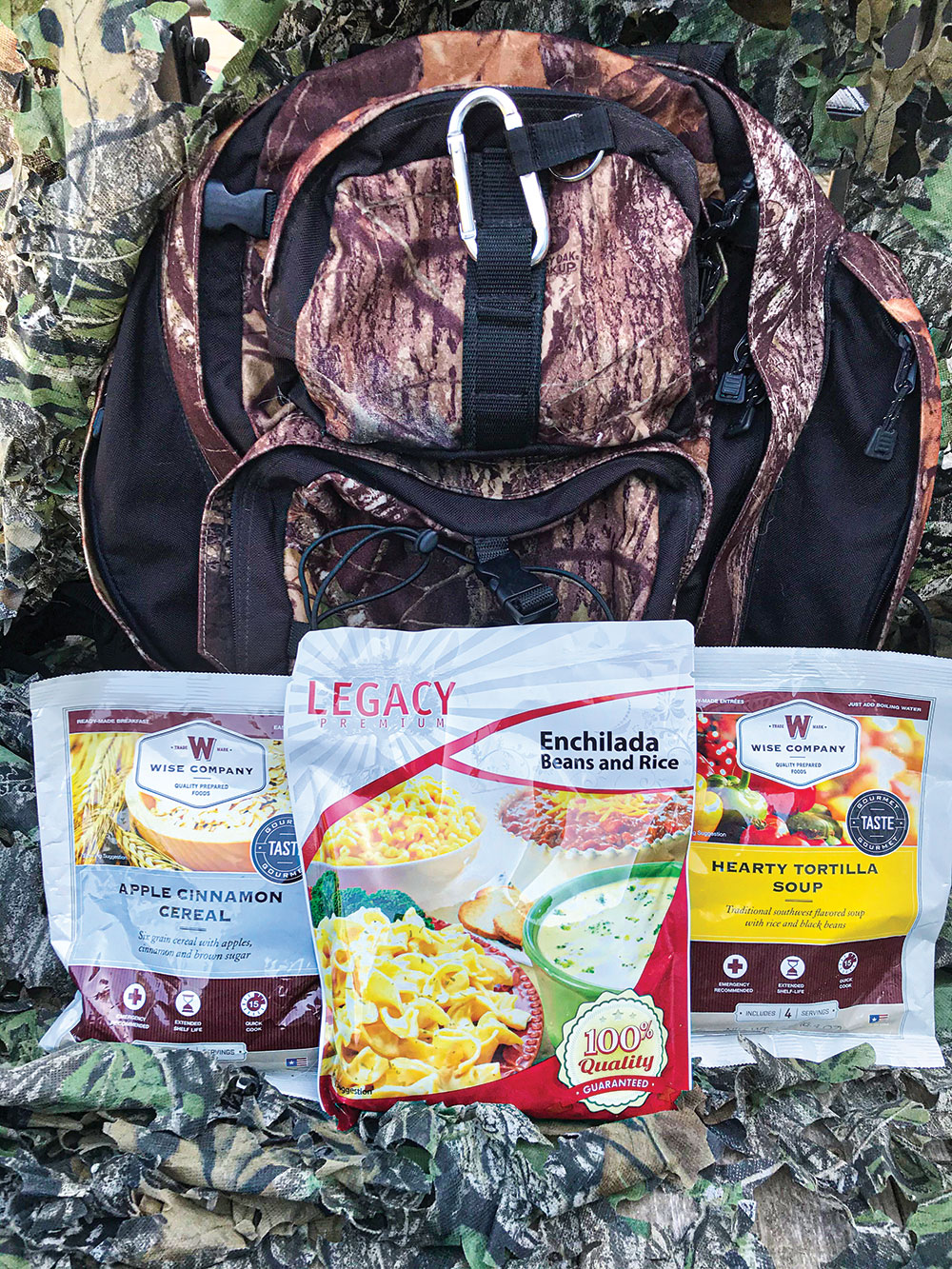
I carry a three-day supply of food in both packs. In addition, a year’s supply is stored at home from brands that include Legacy, Augason Farms and Wise. Regardless of the brand, the most important aspect is having nutritious food.
Cookware for an Open Fire or Wood Stove
Cast iron is my favorite cookware. It can be used on a gas or electric stove, in the oven, over an open fire or atop a wood stove. When the electricity goes out or the gas supply is disrupted, I never miss a meal. The downside of cast iron is the weight, so I carry Pathfinder stainless steel cups and bottles from Self Reliance Outfitters in my packs.
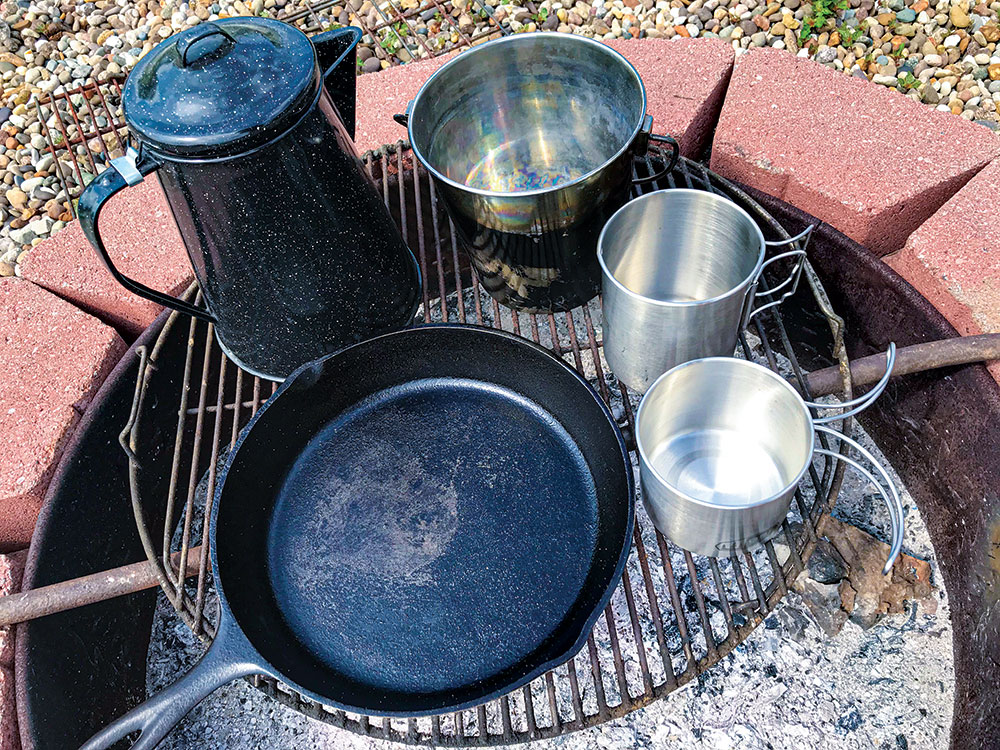
Cast iron and steel (stainless or enameled) cookware work best for open-fire cooking. Just so you know, although aluminum can be used, it’s possible to melt a thin aluminum pan!
Handsaw
While a good survival knife can complete the same task, a handsaw is more efficient at cutting small trees and branches, whether they’re intended for building a fire or erecting a shelter. I carry a Silky handsaw in both of my packs.
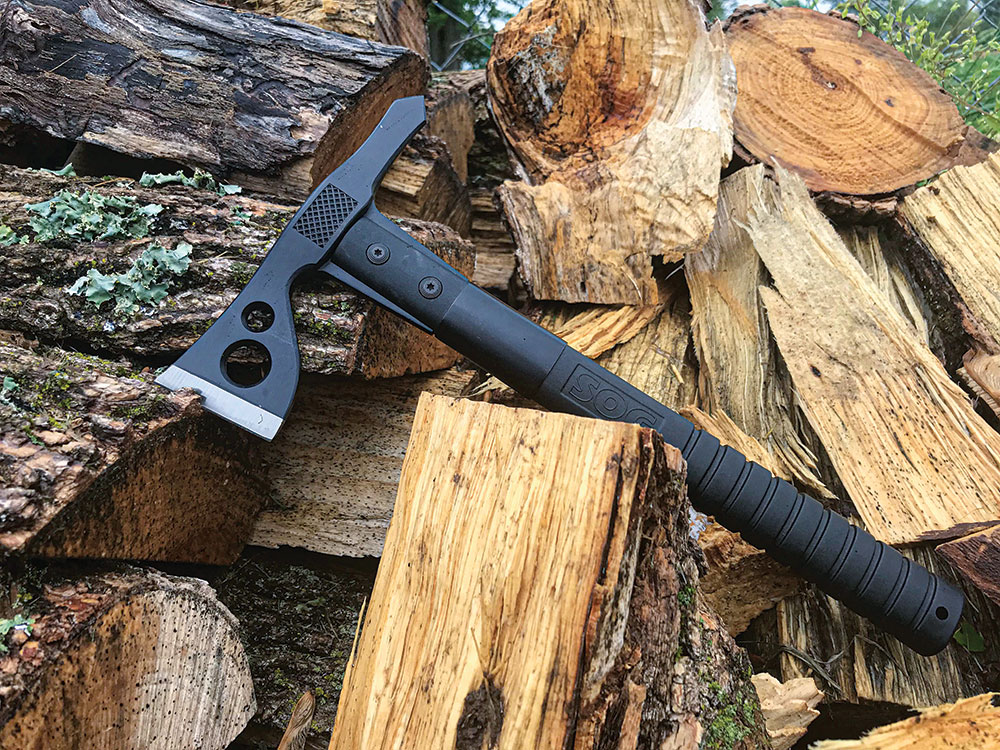
Hatchet/Tomahawk
An SOG hatchet is attached to my go pack, and an SOG tomahawk is attached to my travel pack. While each has its own features, their primary purpose is to chop down small trees and clear debris.
I chose the SOG FastHawk Tactical Tomahawk for my travel pack due to its small size and versatility. With this tomahawk, I can chop, pry, dig, break ice or glass, and also hammer.
Multi-tool
I’m a big fan of multi-purpose gear. I want everything, but I don’t want to have to carry it. As a result, I have multi-tools in each pack. The Gerber Flik is my favorite. It has many tools, but the ones I use most are the pliers, wire cutters and screwdrivers.
First Aid Kit/Medical Supplies
A small cut or blister can easily become infected if it’s left untreated. I carry a first aid kit in both packs, and there are more-extensive medical supplies in the shelter. In addition to the common items found in first aid kits, I supplemented all the kits with items that are priorities for my family and me.
At the Homestead
Gardening
Learning what to grow for the best nutritional value and shelf-life—as well as how to companion-plant, garden without pesticides or herbicides, use fertilizer provided by Mother Nature and the specific needs of different crops—is a skill I was blessed to learn growing up. Having a good supply of seeds is crucial. At least 25 percent of our deep freezer is dedicated to seed storage, and there’s an ample amount stored in the shelter.
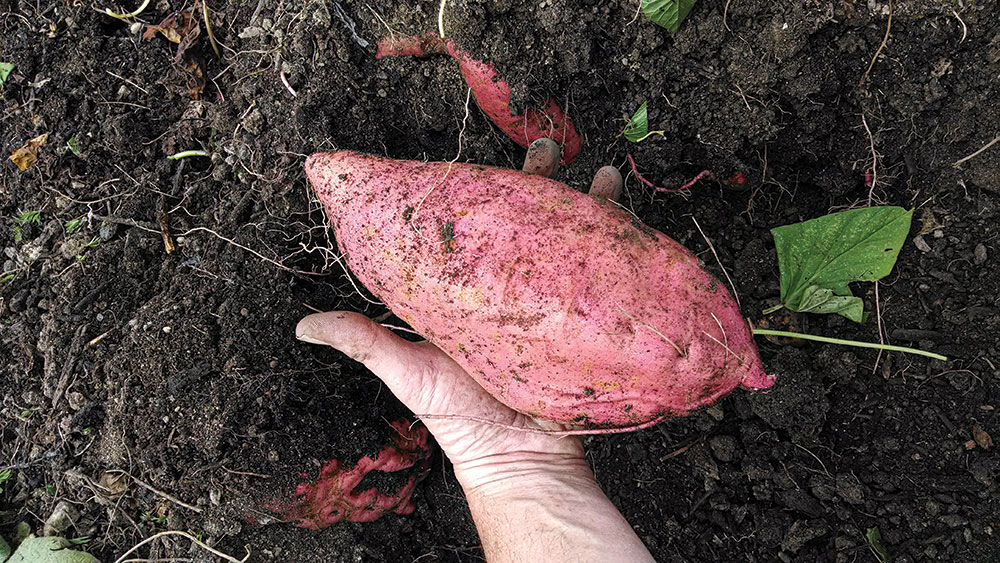
Preserving
Canning is my preferred method of food preservation because electricity isn’t required for storage. I use pressure-canning and the hot water bath method.
I regularly use an All American Model 921 Pressure Canner that’s at least 50 years old. It was my grandmother’s and was then passed to my Aunt Marjorie, who gave it to me. The model 921 was released in the 1930s and is still in production today (in fact, there’s a new one in our storm shelter).
Reference Materials
Regardless of how much I remember from growing up on a farm, I’ve probably forgotten that much more; and there’s always more to learn. I maintain a well-rounded collection of books, magazines and other reference materials that cover different topics.
The Survival Medicine Handbook
Written by Joseph Alton, M.D., and Amy Alton, A.R.N.P., this book really is as the cover indicates—a guide for when medical help is not on the way. It’s easy to read and understand and, per the preface, it’s intended for nonmedical practitioners if trained professionals are inaccessible.
Herbal Antibiotics
Of all the books in my collection that focus on herbs, Stephen Harrod Buhner’s Herbal Antibiotics is the one I find the most useful. It references the uses of different herbs, includes scientific research and lists the parts of plants to use, as well as preparation and dosage.
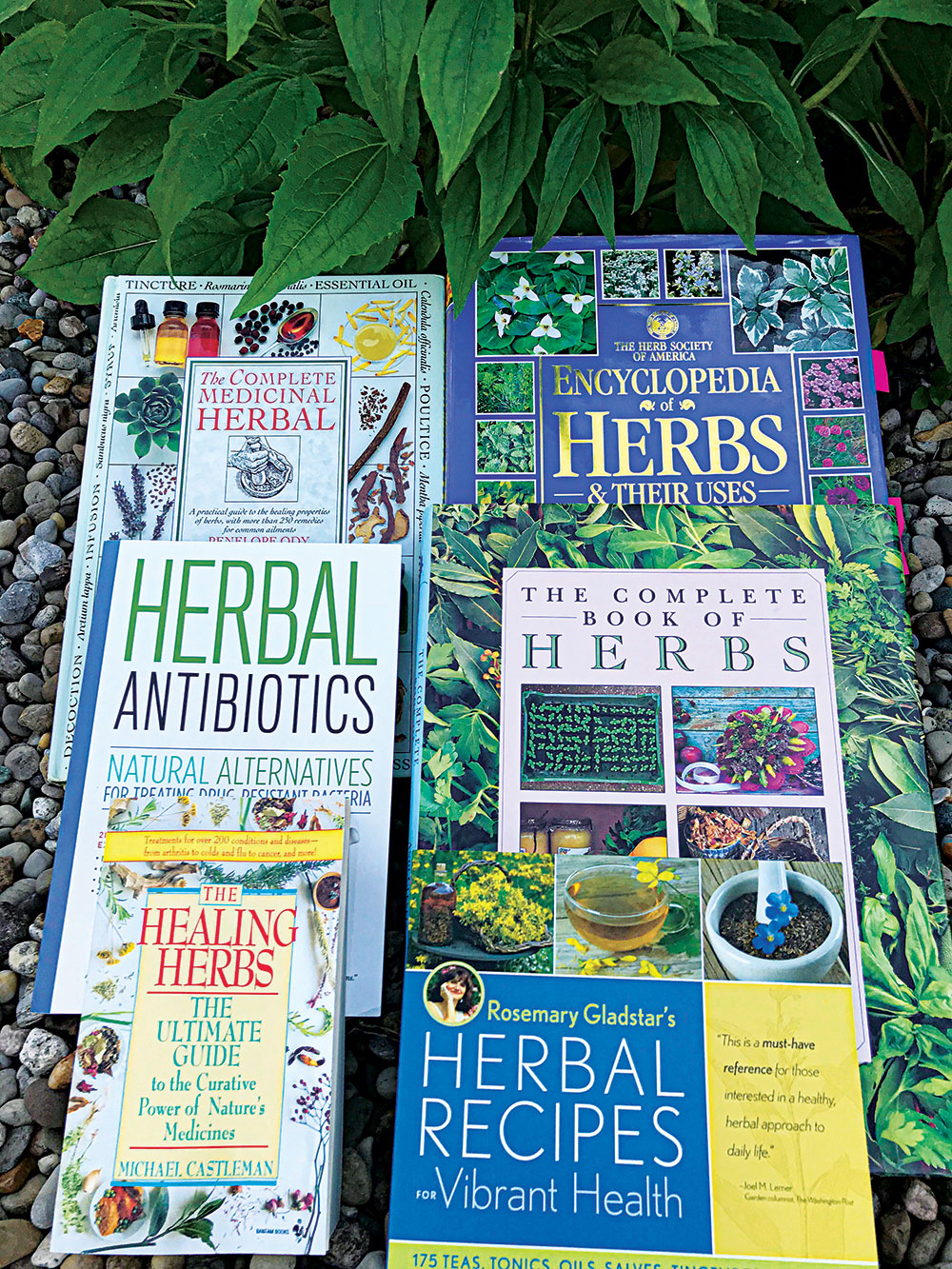
The Encyclopedia of Country Living
If I could have only one reference book, this would be it. In my opinion, the information in this book, written by Carla Emery, is all that’s needed to be self-sufficient and live off the land. She uses down-to-Earth language, making it easy (and oftentimes entertaining) to read.
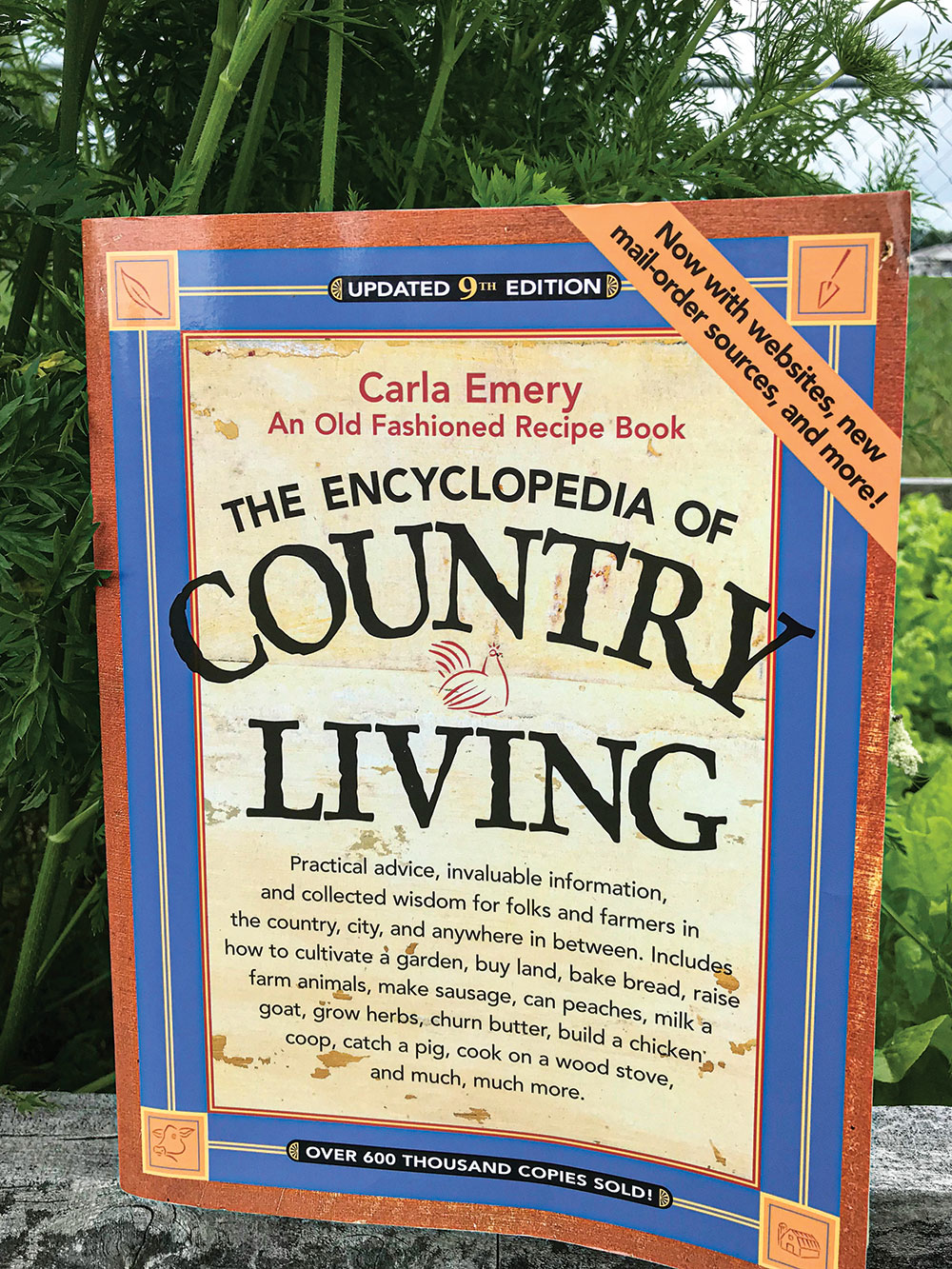
My number-one consideration for self-reliance is a safe place to store my preparedness items. Our most valuable possessions are in our storm shelter. (Spoiler alert: There’s no money or jewelry in there.) If every structure on our property were to burn down or be blown away by a tornado, we’ll be able to remain on our property and live comfortably, because everything we need is protected.
“If every structure on our property were to burn down or be blown away by a tornado, we’ll be able to remain on our property and live comfortably, because everything we need is protected.”
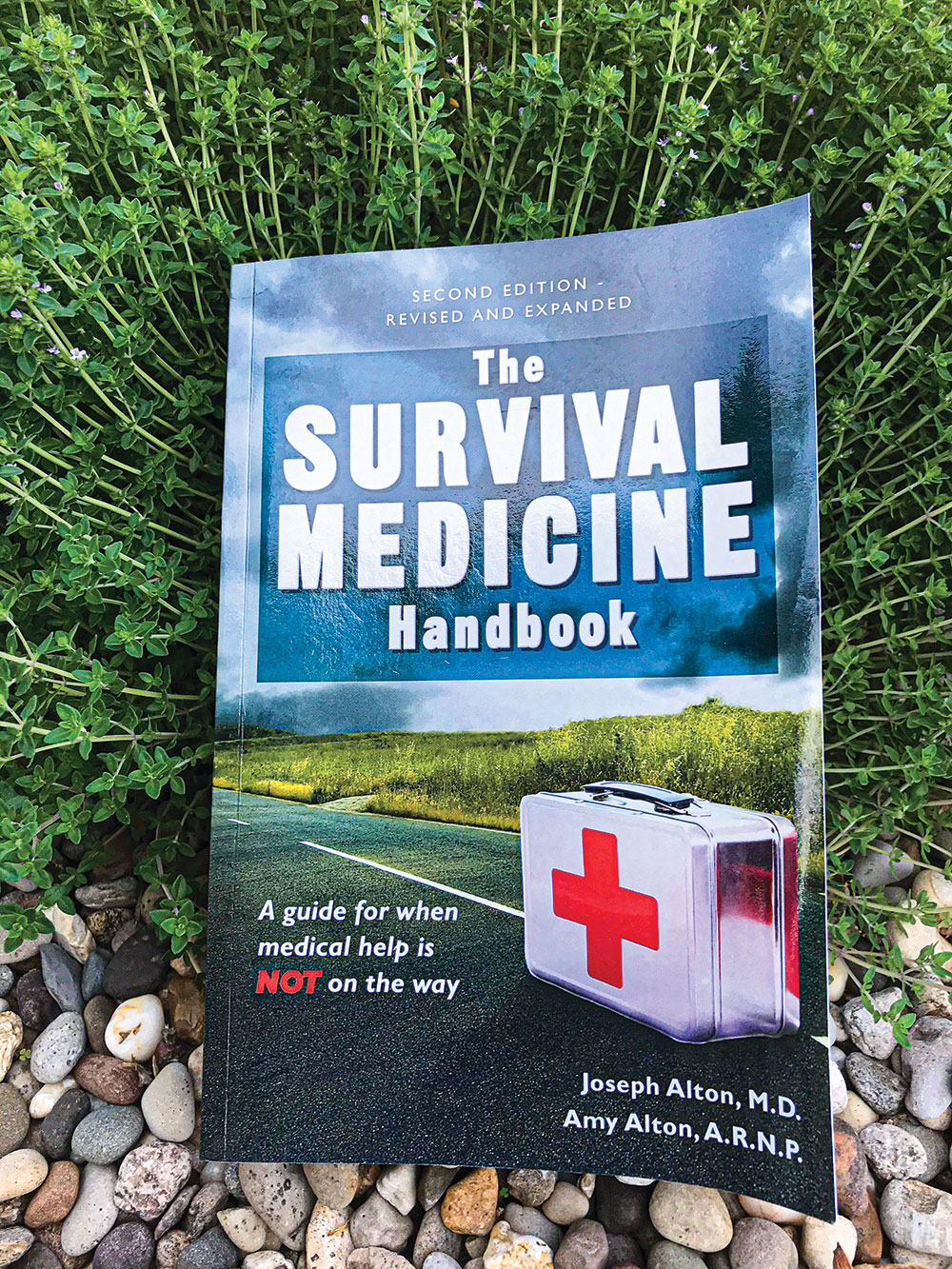
I’d like to extend a special thanks to Mike McCourt for asking me to write this article. In doing so, I’ve been made aware that I might be a bit “OCD” when it comes to knives, flashlights and fire and that I might be able to lighten the load in my packs. And, after careful consideration, I’ve decided I can’t give up even one of my knives, but I can limit flashlights and fire starters to two each! (Thanks, Mike!)
SOURCES
All American Canner
AllAmericanCanner.com
Berkey Water Purifiers
Berkeywater.com
Gerber
GerberGear.com
Legacy Long Term Storage Food
LegacyFoodStorage.com
Live Fire Gear
LiveFireGear.com
Morakniv
Morakniv.se/en
Nikon Optics
NikonUSA.com
Pathfinder Brand
SelfRelianceOutfitters.com
Schrade Knives
Schrade.com
Silky Saws
Sherrilltree.com
Snugpak
SnugpakUSA.com
SOG
SOGKnives.com
Survival Medicine Guide
DoomandBloom.net
Survive Outdoors Longer (SOL)
SurviveOutdoorsLonger.com
Taurus
TaurusUSA.com
Vasque Footwear
Vasque.com
Wise Long Term Storage Food
ReadyWise.com
A version of this article first appeared in the October 2021 print issue of American Outdoor Guide.


